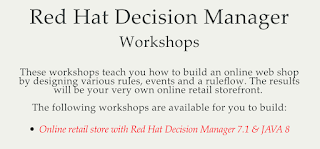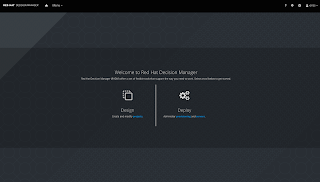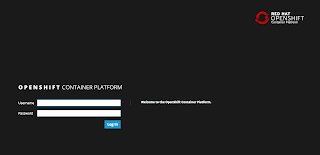 |
| Part 1 - An introduction |
For the past few months I've been digging in to my new role with a group of Portfolio Architects, looking specifically at integration as the key to omnichannel customer experience.
It's an interesting challenge in that we've been given the mission of creating of architectural content based on common customer adoption patterns. That's very different from most of the traditional marketing activities usually associated with generating content for the sole purpose of positioning products for solutions. When you're basing the content on actual execution in solution delivery, you're cutting out the
chuff.
What's that mean?
It means that it's going to provide you with a way to implement a solution using open source technologies by focusing on the integrations, structures and interactions that actually have been proven to work.
What's not included are any vendor promises that you'll find in normal marketing content. Those promised that when it gets down to implementation crunch time, might not fully deliver on their promises.
Enter the term
Portfolio Architecture.
Let's look at these architectures, how they're created and what value they provide for your solution designs.






